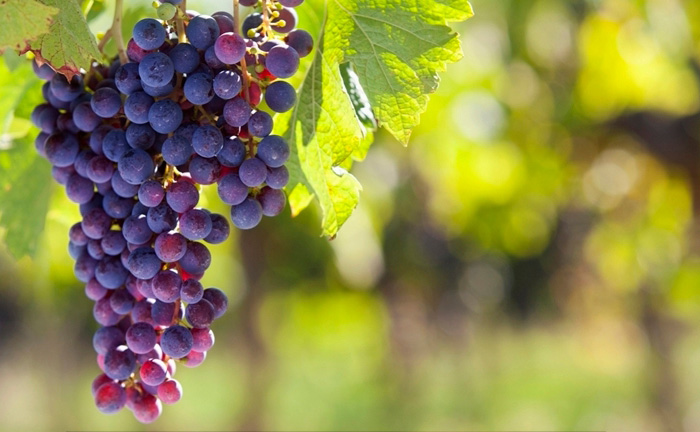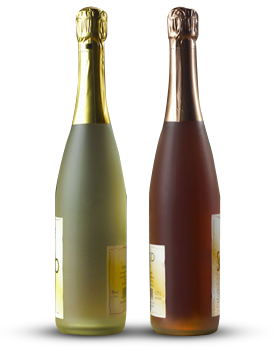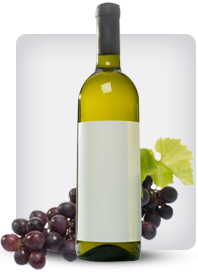

Tag: Creek
A Tale of Two Valleys: The Distinct Character of Sonoma and Dry Creek Valley Zinfandel
Posted onZinfandel, often called “America’s heritage grape,” finds two of its most celebrated expressions in the neighboring appellations of Sonoma Valley and Dry Creek Valley. While geographically close, these regions produce Zinfandels with strikingly different personalities. Understanding the difference is key to appreciating the grape’s remarkable versatility and the profound influence of terroir—the unique combination of soil, climate, and topography.
Sonoma Valley: The Elegant, Earthy Classic
Sonoma Valley, often referred to as the “Valley of the Moon,” is a broader, more climatically diverse appellation. Its proximity to the San Pablo Bay subjects it to cooler marine influences, especially in its southern reaches. This results in a longer, slower ripening season.
- Flavor Profile: Sonoma Valley Zins are often described as more elegant and refined. They tend to showcase flavors of brambly berries (blackberry, raspberry), dark cherry, and anise, frequently backed by distinct earthy or dusty, loamy notes.
- Structure: The cooler climate generally yields wines with brighter acidity and more moderate alcohol levels compared to their northern neighbor. The tannins can be silkier, making them feel more akin to an Old-World style.
- Overall Impression: Think balance and complexity over sheer power. These are food-friendly wines that pair beautifully with a wide range of dishes, from roasted chicken to mushroom-based pasta.
Dry Creek Valley: The Bold, Juicy Powerhouse
Nestled northwest of Healdsburg, Dry Creek Valley is narrower and more sheltered, leading to warmer daytime temperatures. However, cool nights and morning fog from the Pacific Ocean rushing up the valley ensure the grapes retain vital acidity.
- Flavor Profile: Dry Creek Valley is the quintessential home of bold, fruit-forward Zinfandel. Expect a burst of ripe, jammy fruit—blueberry, boysenberry, and plum—often accompanied by notes of black pepper, licorice, and baking spices.
- Structure: The ample sunshine produces grapes with higher sugar content, translating to wines with more robust body and elevated alcohol. The tannins are typically richer and more grippy, giving the wine a firm structure that supports aging.
- Overall Impression: This is Zin in its most exuberant form. It’s a wine of power and concentration, perfectly suited for hearty fare like barbecue, gourmet burgers, and grilled sausages.
Side-by-Side Comparison
| Characteristic | Sonoma Valley Zinfandel | Dry Creek Valley Zinfandel |
| Climate | Cooler, Bay-influenced | Warmer, sun-drenched |
| Primary Flavors | Brambly berries, cherry, earth | Jammy berries, plum, pepper |
| Body & Alcohol | Medium to full, moderate alcohol | Full-bodied, higher alcohol |
| Acidity & Tannins | Brighter acidity, softer tannins | Ripe acidity, robust tannins |
| Food Pairing | Roasted meats, mushroom dishes | Grilled meats, bold barbecue |
Conclusion: A Matter of Preference
The difference between Sonoma Valley and Dry Creek Valley Zinfandel is a perfect illustration of how place shapes a wine. There is no “better” valley; there is only the right wine for your palate and occasion. If you appreciate nuance, earthy complexity, and a balanced structure, seek out a Sonoma Valley Zin. If you crave the classic, fruit-driven power and spice that made California Zinfandel famous, then a bottle from Dry Creek Valley will not disappoint. The best way to decide? Taste them side by side and let your own senses be the guide.
Difference Between Sonoma Valley and Dry Creek Valley Zinfandel
Posted onZinfandel, often called “America’s Heritage Grape,” thrives in California, particularly in Sonoma County. Two of its most renowned sub-regions—Sonoma Valley and Dry Creek Valley—produce distinct expressions of the varietal. While both regions share a passion for Zinfandel, differences in climate, soil, and winemaking traditions create unique profiles that appeal to different palates.
Climate and Terroir
Sonoma Valley Zinfandel
Sonoma Valley, nestled between the Mayacamas and Sonoma Mountain ranges, experiences a moderate, maritime-influenced climate. Morning fog and cool breezes from the Pacific Ocean slow ripening, allowing for balanced acidity and nuanced flavors. The valley’s diverse soils—including volcanic, clay, and loam—contribute to structured, elegant wines.
Dry Creek Valley Zinfandel
Dry Creek Valley, located further north, is warmer and drier, with less fog intrusion. The region’s well-drained, gravelly soils and ample sunshine produce riper, more robust Zinfandels. The resulting wines are often bolder, with higher alcohol levels and intense fruit concentration.
Flavor Profile
Sonoma Valley Zinfandel
Sonoma Valley Zins tend to be more restrained and food-friendly, with:
- Red fruit dominance (raspberry, cherry)
- Earthy, herbal undertones
- Medium body with firm tannins
- Bright acidity
Dry Creek Valley Zinfandel
Dry Creek Zinfandels are known for their opulent, fruit-forward character, featuring:
- Blackberry, plum, and jammy notes
- Spice (black pepper, clove)
- Full-bodied, velvety texture
- Higher alcohol warmth
Winemaking Styles
Sonoma Valley winemakers often emphasize balance and terroir expression, using restrained oak and moderate extraction. In contrast, Dry Creek producers frequently embrace boldness, with extended maceration and new oak barrels enhancing richness.
Conclusion
While both regions excel in Zinfandel production, Sonoma Valley offers refined, complex wines suited for pairing with grilled meats and Mediterranean cuisine. Dry Creek Valley delivers powerful, fruit-driven Zins that stand alone or complement hearty dishes like barbecue. The choice depends on personal preference—whether you favor elegance or intensity.
popular posts
-

Organic Zinfandel from Lodi: A Testament to Terroir and Tradition Nestled in the heart of California’s Central Valley, the Lodi American Viticultural Area (AVA) has long been celebrated as a premier winegrowing region
12-07 2025While it boasts a diverse portfolio of varietals, it is the Zinfandel grape for which Lodi has earned global acclaim. In recent years, a Read More
-

Best Australian Shiraz Under $35: Exceptional Value from Down Under Australian Shiraz has earned a global reputation for its bold, fruit-forward character and remarkable consistency
12-06 2025While premium bottles can command hundreds of dollars, some of the most enjoyable and authentic expressions of this iconic grape are available for less Read More

